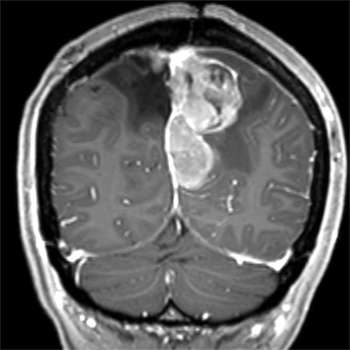What turns benign central nervous system tumors deadly

More than one in three tumors that affect the central nervous system are meningiomas and most are benign. However, some can turn deadly. In a new study, Yale researchers identified genetic abnormalities that mark atypical meningiomas, which have a 40% chance of recurring after surgical removal and are marked by a shorter survival rate than benign tumors.
The new genetic analysis has identified molecular mechanisms involved in the formation of primary atypical meningiomas. "The tumor cells behave more like stem cells. They are less specialized and divide rapidly," said Yale's Akdes Serin Harmancı, the first author of the paper.
"Based on these fundamental new understandings of atypical meningiomas at the molecular level, we were able to identify novel therapeutic targets which makes personalized, precision therapies for atypical meningiomas a reality in the future," said Dr. Murat Günel, chair and the Nixdorff-German Professor in the Department of Neurosurgery, a researcher with the Yale Cancer Center, and senior author of the paper published on Feb. 14 in the journal Nature Communications.
More information: Akdes Serin Harmancı et al. Integrated genomic analyses of de novo pathways underlying atypical meningiomas, Nature Communications (2017). DOI: 10.1038/ncomms14433



















